THe Story Behind George Lucas
A long time ago, in a galaxy far far away… If those words bring a smile to your face, you’re in good company. Growing up on a blue rock of a planet not so far away called Earth, reality wasn’t always easy for me, but Star Wars always provided an escape for my mind and imagination. Much more than that, it inspired me with a strong “Jedi Code” of honor and morality, wisdom and selflessness, of human kindness as well as recognizing and respecting all forms of life, no matter how different from our own. In today’s edition of Stories Behind the Stories, I will tell you about a man who has inspired and changed the lives of millions of fans all over the world, He is a genius in his own time who used his out of this world creative talents to write and direct the Star Wars movies, as well as Indiana Jones, and other legendary films that have transformed modern pop culture. I’m speaking, of course, about George Lucas, who despite his very human flaws, overcame all the odds, seized the second chance life gifted him and created a truly galactic legacy to this day. At the Endow America Network Foundation, we believe in the importance of leaving behind a great legacy through the power of charity, and George Lucas can certainly be placed at the top of the list of charitable givers in America.
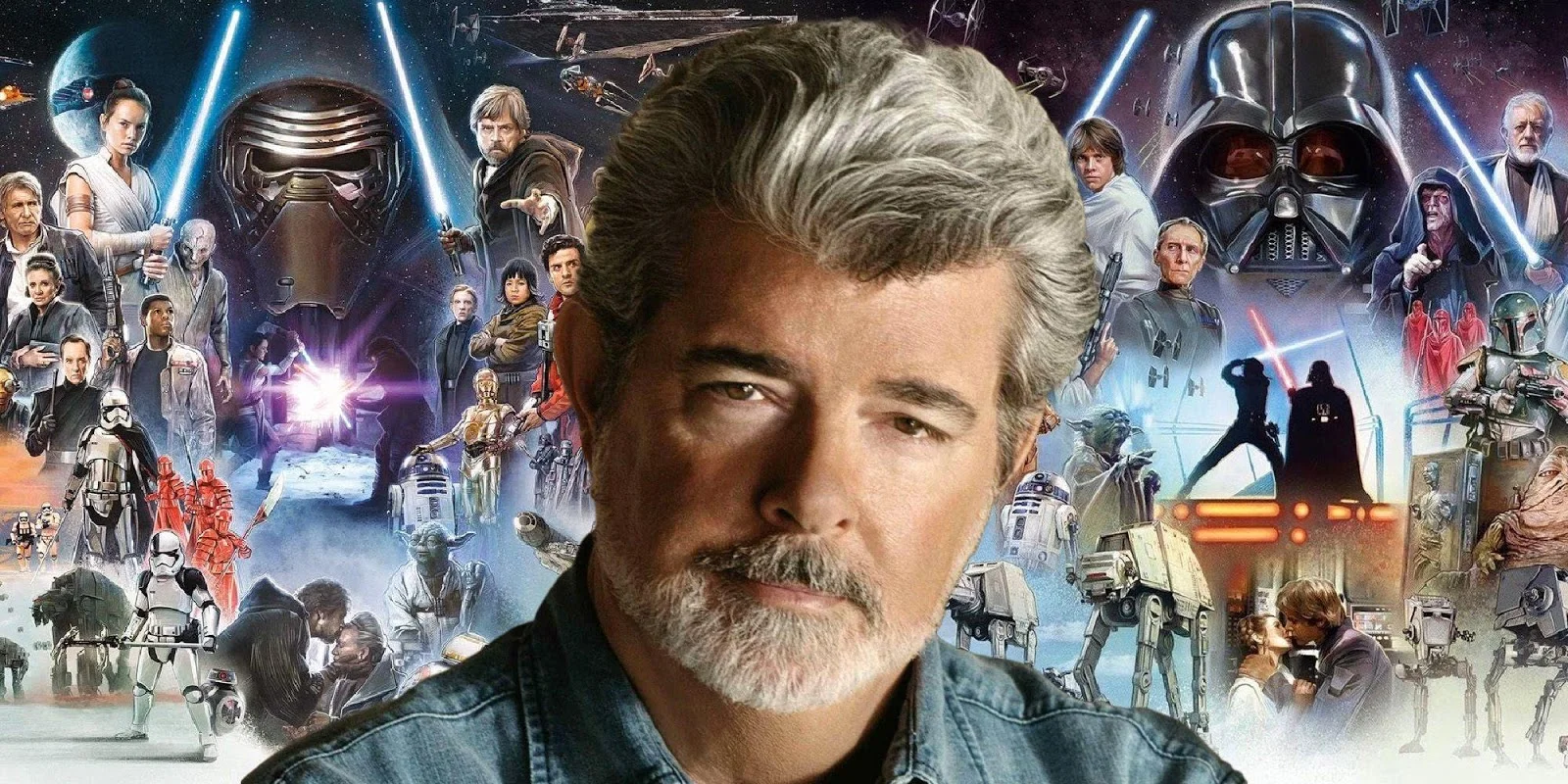
George Walton Lucas Jr. was born along the dusty “outer rim territories” of Modesto, California on May 14th, 1944. He is the son of George Walton Lucas Sr. and Dorothy Ellinore Lucas. As a child, George was deeply enthusiastic about things that many children would be at that time, Disneyland, which he and his family actually visited in its historic opening week, comic books, and his major love for the old Flash Gordon series on television. But as he grew into his adolescence, the quiet kid everyone knew as George developed a very specific and unexpected love for cars and racing. Known to have a shy personality, all his shyness quickly faded away whenever George was in his favorite element, the race track. His life’s dream was to be a professional race car driver and he spent most of his teen years in garages and underground circuits at local fairgrounds. Until he was 18 years old, just a few months shy of his high school graduation, fate would literally broadside his car as he was driving home one day, and it flipped over several times, the seat belt snapping and ejecting George from the vehicle, which was reduced to a heap. George was so badly injured, he was pronounced dead at the scene. Then, doctors noticed he was breathing softly due to bruised lungs. He spent weeks in the hospital and several months recuperating at home, he couldn’t even attend his own high school graduation and had to receive his diploma at home. The entire traumatic ordeal convinced George to leave racing behind, as he believed life had given him a second chance, and he was determined to make it count.
Although George wanted to go to art school, his father owned a successful stationary store and wanted him to take over the family business, refusing to let any of his children pursue art as a career. George confidently declared that he would be a millionaire before he was 30. He started attending Modesto Junior College where he studied anthropology, sociology and literature. While attending, he also acquired an 8mm camera and discovered a natural talent in photography and filming, often filming his old love of local car races. At the recommendation of a close friend, John Plummer, George convinced his father to pay for his enrollment into the University of Southern California, where he opted to attend the School of Cinematic Arts. That’s where George met his friends and key influences, Randal Kleiser, Walter Murch, Hal Barwood, John Milius, and another rising talent in film making, a young man by the name of Steven Spielberg. They formed their own little clique of cinematic nerds which, back then, was not as popular as it is today, and they were known as “The Dirty Dozen.” During his early career in the 1960s, Lucas became passionate about movies, defining himself as a filmmaker, creating several 16mm short films through which he gained much celebrity among his peers. He started working at the United States Information Agency where he met his future wife Marcia Griffin and started teaching cinematography to US Navy students. He used them to create his first major film Electronic Labyrinth THX 1138 4EB, which won first place at the 1968 National Student Film Festival, and earned him a scholarship from Warner Bros. That was where he met one of his biggest influences and considered among the greatest filmmakers of all time, Francis Ford Coppola. Recognizing Lucas’ amazing talents for story-telling and directing, the two began working together.
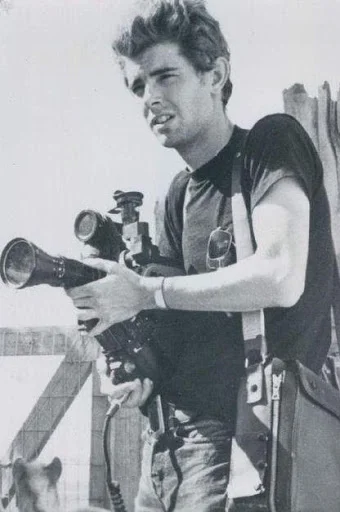
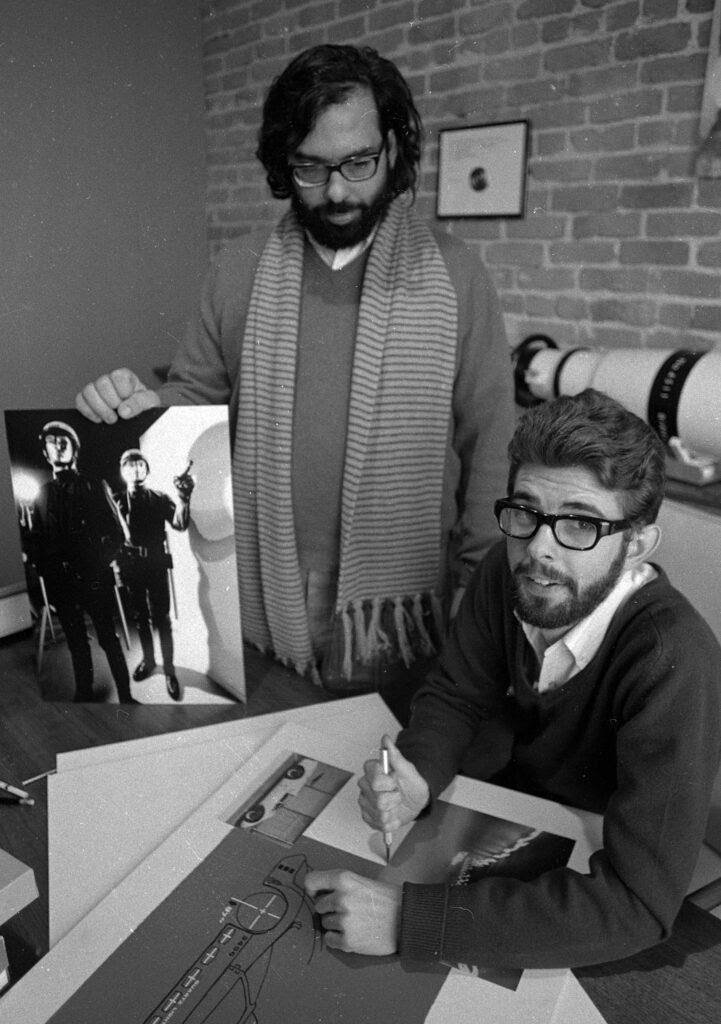
After the two directors tried to establish their own studios apart from the oppressive control of Hollywood, Lucas went on to start his own company in 1971, simply called, Lucasfilm Ltd, producing and directing his first nationwide success American Graffiti in 1973. In this film, he depicted his old love of cars and the racing atmosphere of 1950s California, casting several rising legends including Ron Howard and Harrison Ford. Ford would come to work for Lucas many times, starring as the charming space pirate and scoundrel Han Solo in Star Wars and as the adventurous archaeologist Indiana Jones. Initially, no one wanted to work with Lucasfilm, as most film companies believed that Lucas’ plans for a cinematic space opera was too much of a gamble. The odds were stacked against Lucas as virtually everyone thought Star Wars would be a major blunder. They were in for quite a surprise. 20th Century Fox was already in financial trouble at the time, yet they decided to take a big risk with Star Wars which came to life on the silver screen on May 25th, 1977. It became an epic triumph in cinematic history, changing the way movies are made forever. Starring Mark Hamill as Luke Skywalker, Alec Guinness as Obi Wan Kenobi, Carrie Fisher as Princes Lea Organa, Harrison Ford as Han Solo, Peter Cushing as Grand Moff Tarkin and James Earl Jones as the voice of the sinister Darth Vader, Star Wars combined all the elements of classic mythical dramas, epic heroism and lessons of virtue and morality with the mystery of outer space. The battle between Jedi and Sith, Light Side and Dark Side, good vs evil, found its way into the hearts of millions of young fans spanning several generations. Against all odds, George Lucas created an empire.
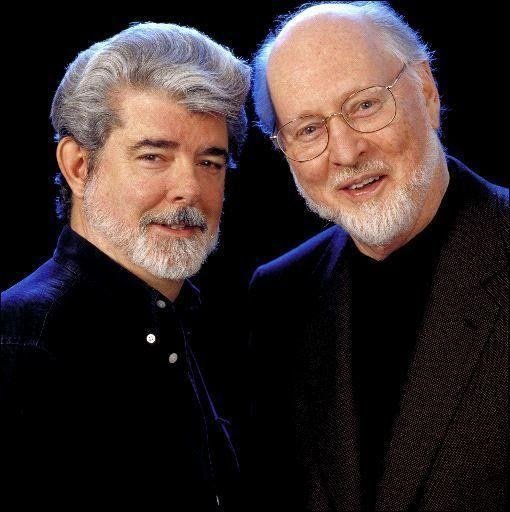
Due to a lack of sufficient funding, Lucas was forced to make what he could. Regardless, Lucas and his longtime friend Steven Spielberg agreed that their films wouldn’t go anywhere without the help of legendary musical composer and conductor John Williams and the London Symphony Orchestra, which really made their films the success they are known for today. Lucas’ original story spanned a series of 9 chapters, but he could only afford to make one. Lucas decided to start in the middle, choosing Episode IV, which would later be called, A New Hope, as the first film. It was so successful that people wanted more. So Lucas hired Irvin Kershner to direct Episode V: The Empire Strikes Back which debut on May 17th, 1980, considered by many fans to be their favorite film of the franchise. Unless you’ve been living under a rock, we all know that the story made an unexpected and very dark plot twist that only kept fans hooked and demanding Lucas to finish the story. So Lucas himself returned to direct and release Episode VI: Return of the Jedi. All three films grossed nearly $2 billion, and as was the tradition which Lucas himself always insisted on, everyone involved including actors and workers had to be paid 1% each, turning most of them into millionaires in the process. Lucas would keep fans waiting over 40 years before he reintroduced a whole new generation of fans to Star Wars by finishing his story with the prequels, releasing Episode I: The Phantom Menace in 1999, Episode II: Attack of the Clones in 2002, and Episode III: Revenge of the Sith in 2005. Though the movies received mixed reviews, Lucas always pointed out that his movies were originally intended for children, but ended up being enjoyed by adults as well. Fans, like me, became hooked ever since the release of the special edition of the original trilogy in theatres in 1997 when I was just 9 years old.
But those years weren’t easy either, as backlash from spoiled angry fans bombarded Lucas with hate mail, vicious criticism, and even harassment of actors. Still, fans like me loved his films either way, because I wasn’t going to the movies to be critical, I was just going to have fun and enjoy the films. After the prequels were finished, Lucas decided he did not want to make any more Star Wars films, although he had prepared scripts for 3 more episodes to complete the Skywalker saga. He sold Lucasfilm to Disney in 2012, leaving it in the hands of Kathleen Kennedy. Kennedy was entrusted to take Lucas’ scripts for three more episodes and turn them into movies; instead she completely threw them out, a decision that was met by harsh criticism from fans like me. She went on to hire JJ Abrams to direct Episode VII: The Force Awakens in 2015, Ryan Johnson for Episode VIII: The Last Jedi in 2017, and finally JJ Abrams again for Episode IX: The Rise of Skywalker in 2019. The films completely divided the fan base, some people loved it, most fans hated the films. But Kennedy took a risk with director Gareth Edwards who directed the first independent Star Wars film not included among the episodes, a story between the stories, titled Rogue One which debut in 2016. Rogue One was met with nothing but praise from fans, because Gareth Edwards had supposedly consulted with George Lucas himself to make the movie, and Ron Howard directed Solo a Star Wars Story in 2018. Today Lucasfilm has taken on a whole new set of major Hollywood directors including Bryce Dallas Howard the daughter of Ron Howard, Jon Favreau, Taika Watiti, Rick Famuyiwa, Deborah Chow, Peyton Reed, Carl Weathers, Robert Rodriguez and Dave Filoni who was the protégé of George Lucas himself. Together they made the hugely successful and first live action Star Wars television series called The Mandalorian. It was so successful that Disney has currently made Dave Filoni the Executive Creative Director, and rumor has it that George Lucas himself is considering a major return to writing and directing more Star Wars stories.
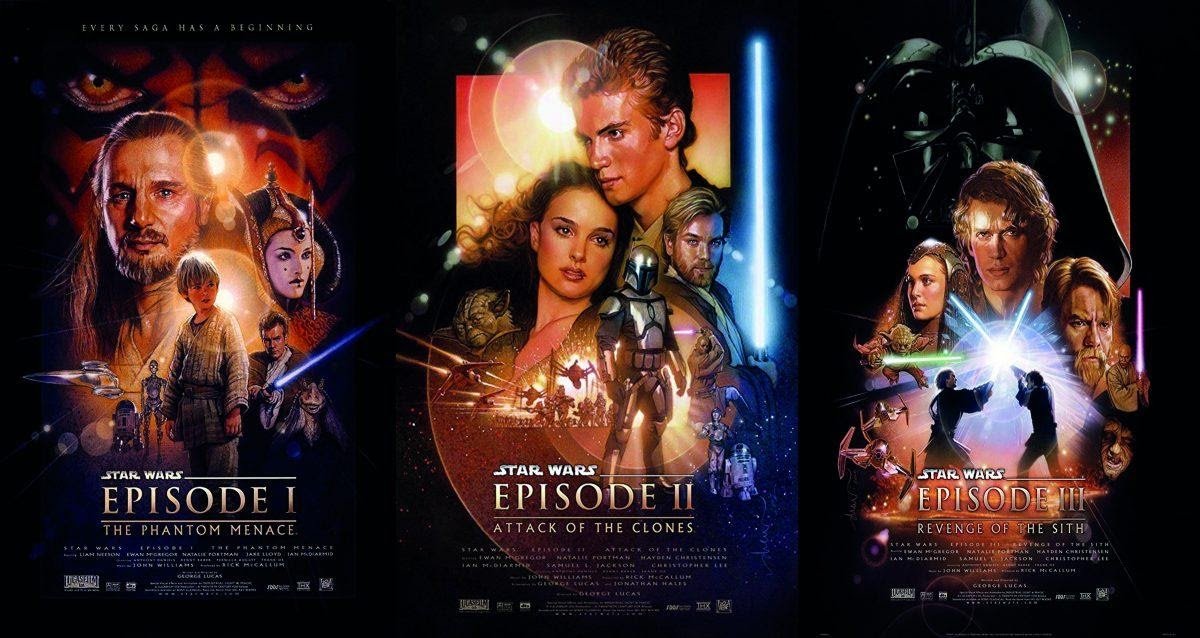
Lucasfilm Philanthropy
Much more than movies, Lucasfilm has gone above and beyond the call of philanthropy. George Lucas himself donated $175 million to his alma mater the University of Southern California in 2006. Upon the sale of Lucasfilm to Disney in 2012 for $4 billion, Lucas pledged 100% of the money to be donated to philanthropies promoting the improvement of education, including, but not limited to, the Film Foundation, Make A Wish Foundation, Stand Up to Cancer, Racing for Kids, and the establishment of Edutopia – the George Lucas Educational Foundation. Philanthropy is the spiritual fuel for George Lucas as well as for Lucasfilm, as it is for us at the Endow America Network Foundation. As a writer with interest in filmmaking myself, I consider Lucas to be one of my biggest inspirations. Star Wars for me is not so much about space wizards with laser swords, but the lessons of morality and human kindness that they teach. They were a means of mental escape for me during tough times growing up, and taught me that, whether here on Earth or in galaxy far far away, kindness still matters. There are still so many details I have purposely left out of this article for the sake of time, but if you feel as inspired as I do, I encourage you to make your own life a wonderful adventure, and leave behind a galactic legacy of giving that will be enjoyed by countless generations after you. At Endow America we have our own charity project that we call Social Secharity, designed to get America out of financial debt and restore financial security and freedom to every single American citizen, all by the lifesaving power of philanthropy. To learn more, speak to one of our professional philanthropic advisors at www.socialsecharity.org and like us on Facebook @SocialSecharity. You can also watch our weekly webcast Route 664 the Road to Human Kindness and tune in to our brand new 664 Radio. I hope you’ve enjoyed this little read as a special edition to Heroic Fridays where I tell you the Stories Behind the Stories, hoping to inspire you to make your life your very own legendary story, and this one happens to be set right here in a galaxy not so far away!

Social Secharity (Section 664) is a bold new way to move the country from 30 trillion in debt to economic well being through charitable wealth. Help resolve our country’s problems, improve your own future income and pay less tax! Best of all be a grateful benefactor to your community.
Written by Ossman J. Darwiche 2021

Recent Comments